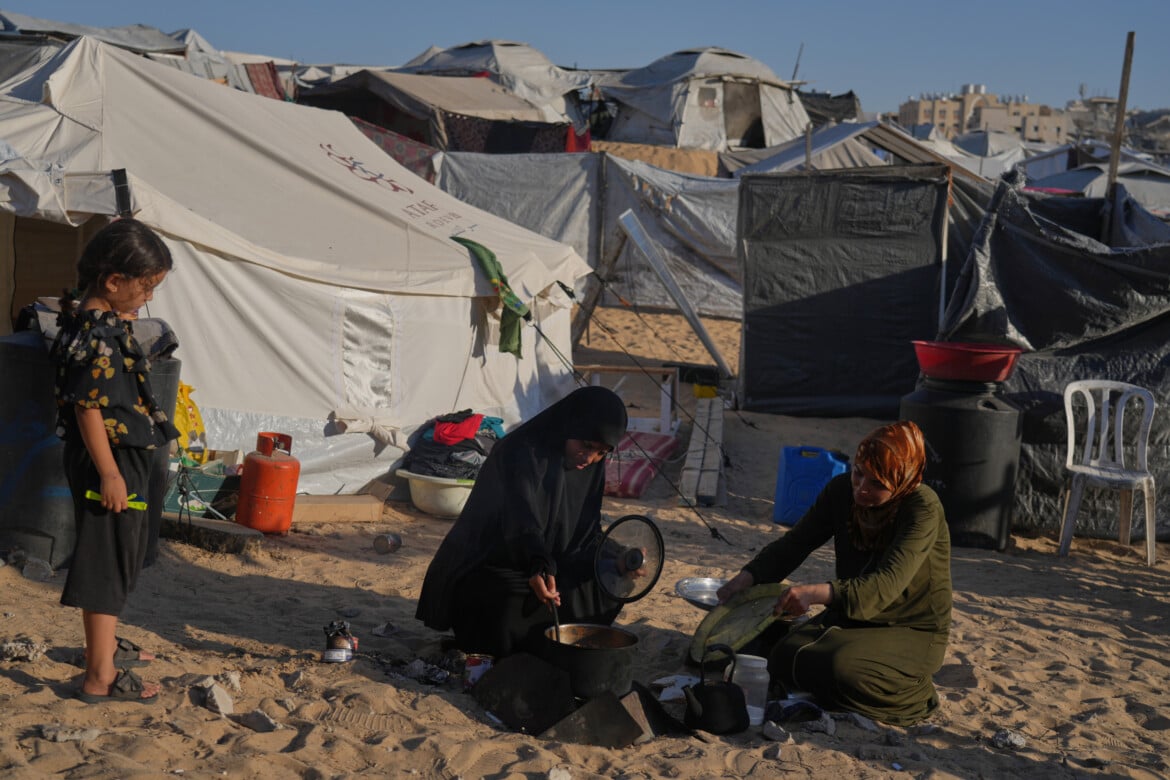Analysis
Bombs aren’t Israel’s only weapon against the Palestinians
There is a risk that the announced reconstruction will reproduce the very logic of control that made the destruction possible.

The ceasefire reached in Gaza marks a temporary end to the destruction, but not the beginning of reconstruction. After months of bombing, what remains is a devastated territory, devoid of vital infrastructure and a functioning economy. The truce has brought a return to silence and the possibility of humanitarian access, but it has not yet offered a political future perspective.
The international discussion is currently focused on access corridors and plans for material reconstruction. However, data released by The Lancet reveals a crisis that goes beyond the visible rubble. According to the study, more than 54,600 children under the age of five are suffering from acute malnutrition, and nearly 13,000 of them require immediate treatment. The conflict has produced a nutritional collapse whose impact is measured not just in health terms, but as a collective and generational trauma.
In this context, hunger is a political indicator before it is a biological one. The level of malnutrition tracks directly with the restrictions on the entry of aid: every closure of a border crossing results in an increase in the most severe forms of wasting.
And so, even as some 170,000 tons of food, medicine and other goods sit ready for delivery, stuck waiting for Israeli authorization, and while the centers of the Gaza Humanitarian Foundation (GHF) are being closed, only 173 aid trucks have entered the Strip. This is a fraction of the 400 per day stipulated in the truce agreement and the 600 per day that the UN considers the bare minimum required to feed the population. Even worse, Israel has already reduced the daily allowance to 300 in retaliation for the delay in the return of the remains of the dead hostages.
There is a risk that the announced reconstruction will reproduce the very logic of control that made the destruction possible. Hunger has been used as a weapon of war: not as a side effect, but as a deliberate lever to break civilian resistance, weaken social structures and force the population into a state of dependency. In a context where access to food, water, and energy is politically regulated, reconstruction itself can become an extension of the same strategy: an administered form of survival that does not restore autonomy. Without a political framework that guarantees freedom of movement, productive capacity and local governance, any infrastructure plan remains merely provisional. The issue is not just rebuilding buildings, but restoring the ability to produce, trade and eat independently.
The health and nutritional aspect must be the starting point. Childhood malnutrition has permanent effects, compromising physical growth, cognitive development and learning ability. An entire generation risks carrying the consequences of the blockade in their bodies, with implications that go beyond the humanitarian emergency, touching on the very possibility of a future for the population.
In this sense, one cannot view the ceasefire as just a military pause, but as a political test for the international community. While the ceasefire is a positive and long-awaited step, limiting the response to guaranteeing humanitarian corridors simply maintains the status quo in another form. Rebuilding Gaza requires a collective act of will – one that would move beyond the logic of damage control to restore real economic, health and food sovereignty to the territory.
Originally published at https://ilmanifesto.it/larma-della-fame-ghf-non-ce-piu-lonu-non-ancora on 2025-10-15
